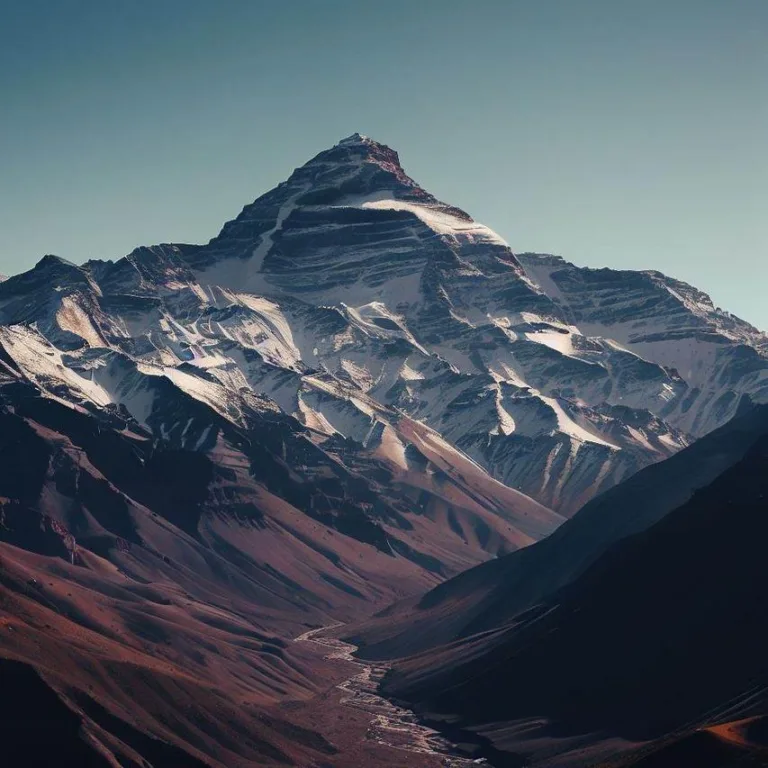Welcome to our comprehensive guide to Aconcagua, the towering mountain that dominates the skyline of South America. As one of the Seven Summits and the highest peak outside of Asia, Aconcagua holds a special place in the hearts of mountaineers and adventurers worldwide. In this article, we’ll delve into the awe-inspiring features, rich history, and practical insights related to conquering the summit of Aconcagua.
The magnificence of aconcagua
Standing proudly in the Andes mountain range, Aconcagua reaches an astonishing elevation of 6,959 meters (22,831 feet) above sea level. Its sheer size and grandeur make it an irresistible challenge for climbers seeking to test their mettle and determination. The mountain’s multifaceted terrain, ranging from glacier-covered slopes to rocky ridges, presents a unique blend of challenges that demand both physical and mental prowess.
A Natural Wonder
Aconcagua is not merely a challenge for mountaineers; it’s also a natural wonder that attracts adventurers and nature enthusiasts alike. The mountain is nestled within the Aconcagua Provincial Park, a protected area that hosts diverse flora and fauna adapted to the harsh alpine environment. As climbers ascend the mountain, they’ll witness breathtaking panoramas of the surrounding Andean landscape.
Historical significance
Aconcagua has a rich history dating back centuries. The mountain’s name is derived from the indigenous Quechua language, with „Akon-Kahuak“ meaning „Sentinel of Stone.“ It has served as a cultural icon for various indigenous communities and played a significant role in their spiritual beliefs. In more recent times, Aconcagua gained global attention as mountaineering grew in popularity during the 19th and 20th centuries.
Legendary Ascents
The history of Aconcagua is punctuated by numerous daring ascents and tragic expeditions. Legendary climbers like Sir Edmund Hillary and Reinhold Messner have etched their names in history by reaching the summit. These ascents, often fraught with peril and extreme weather conditions, continue to inspire adventurers to this day.
Preparing for the climb
Climbing Aconcagua requires meticulous preparation. Climbers must be physically fit, mentally resilient, and well-versed in mountaineering techniques. The ascent involves acclimatization to the altitude, navigating through crevasses, and braving sub-zero temperatures. Proper gear, including insulated clothing, crampons, and ice axes, is essential to tackle the diverse challenges posed by the mountain.
Guided Expeditions
For those seeking expert guidance and a higher chance of success, guided expeditions are a popular choice. Experienced mountaineering guides provide invaluable insights, ensuring climbers are well-prepared and safe throughout the journey. These guided trips also offer logistical support, allowing climbers to focus on the physical and mental demands of the climb.
Frequently Asked Questions (FAQs)
Q: How long does it take to climb Aconcagua?
A: The duration of the climb can vary based on factors such as the chosen route and weather conditions. On average, expeditions take around 20 days, including acclimatization and ascent.
Q: Is technical climbing experience necessary?
A: While Aconcagua doesn’t require advanced technical climbing skills, basic mountaineering experience and the ability to use crampons and ice axes are essential.
Q: What is the best time to climb Aconcagua?
A: The climbing season typically spans from November to March when the weather is relatively stable. However, conditions can still be challenging, and climbers should be prepared for sudden changes.
Embark on a journey of a lifetime by conquering the summit of Aconcagua. Its unparalleled beauty and historical significance make it a mountain worth scaling for any dedicated adventurer.
Viz také:






